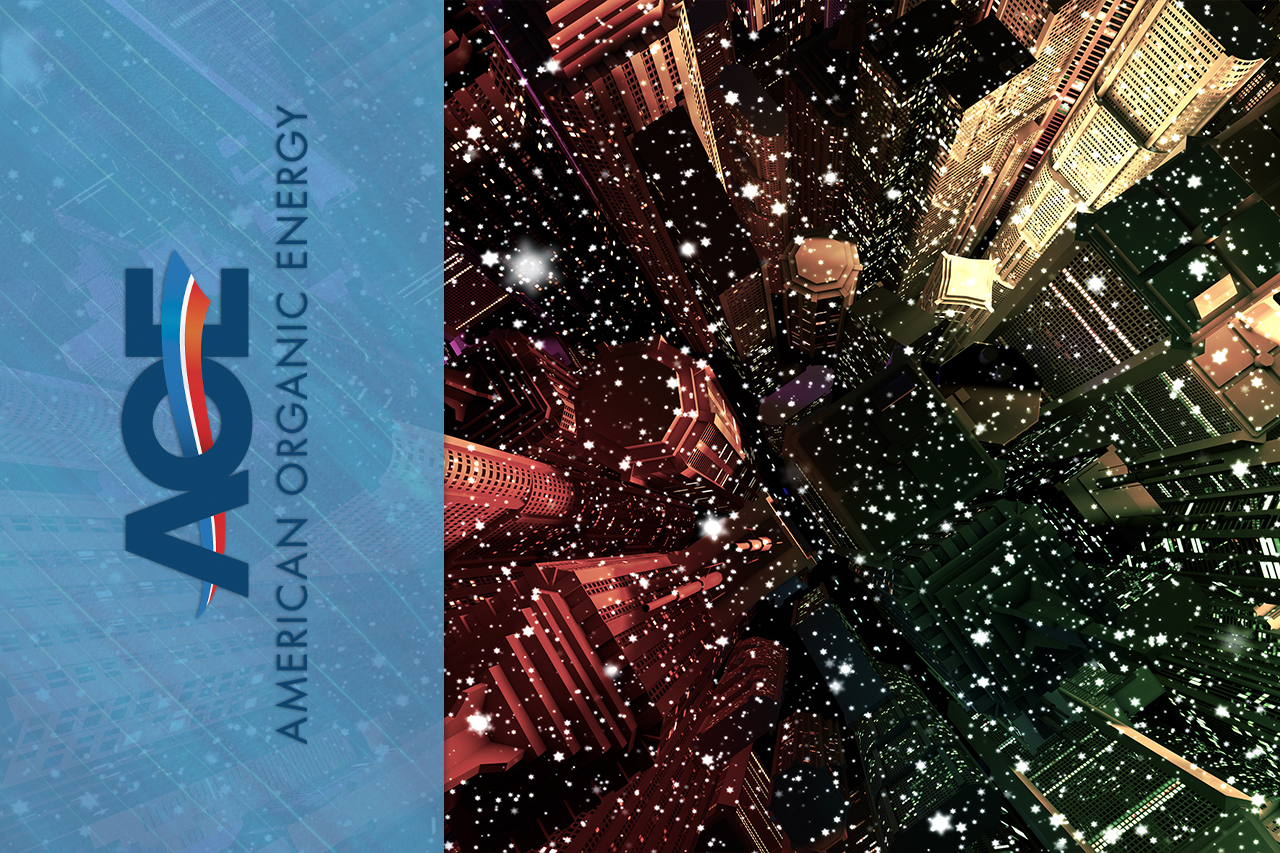One of the many benefits of green roofs is their ability to conserve energy and substantially reduce the cost of heating during the winter months for those buildings that implement them. By installing plants, shrubs and grass atop select urban structures, these units become more naturally insulated from the elements, subsequently reducing energy costs, surface temperature and stormwater pollution.
For those unfamiliar with this innovation, let's take a look at the basic composition of a green roof, the necessary criteria to install one, and the science behind this natural protector from the elements, as well as the extraordinary benefits of embracing this growing trend.
The Protocol
Typically, green roofs are constructed using a base membrane comprised of rubberized asphalt or synthetic rubber, materials which work to repel moisture that would otherwise contribute to the wear and tear of traditional roofs. This is followed by a drainage layer made up of pebbles or a geo-composite mat, topped with a filter cloth. Once the foundation is laid, a layer of low-lying plants—such as sedum, chives, talinum and delosperma—is planted, serving as a natural sponge of sorts.
Though the foliage variation can fluctuate, depending upon the specific climate and surrounding environment, type of custom soil mixture that will best thrive in such conditions, and the roofing dimensions you are working with, the benefits from green roofs remain undeniable in any setting.
As a general rule, the best candidates for this innovation are those buildings with flat roofs, or those with no steeper than a 30-inch incline. The structure must be able to support an average of 20 pounds of soil per square foot, averaging around $12 to $35 per sq. ft., and should ideally be situated in a sunny, unshaded location.
The Process
Through a process known as evapotranspiration, a combination of evaporation—the conversion of water from liquid to gas as both the soil surrounding vegetation and the leaves on trees work to intercept rainfall—and transpiration—the absorption and emission of water by plants, from root to leaf—green roofs are able to remove heat from the air, thereby providing the added insulation needed to reduce the energy required to provide heating and cooling.
Research indicates that on average, green roofs can retain between 25% to 40% of the precipitation that falls during winter months. As they are the sites of the greatest heat loss during this time of year, this added insulation can help tremendously in alleviating the burden of skyrocketing heating fuel costs.
The Positive Effects
The protective layer of flora serves to dispel the harmful effects of frost from the membrane of the green roof, while also increasing the thermal mass—the ability of a material to absorb and store heat energy. As this is a dynamic system, properties may vary from building to building. On average, though, studies indicate a substantial increase in temperature, along with considerable savings on winter fuel expenses.
For added perspective, consider that the mean temperature of a rooftop in winter is 0ºC. Under shelter of a conventional roof, that temperature can dip to 0.2ºC, whereas a green roof averages about 4.7ºC. According to a German study of domestic buildings, this can translate into a winter fuel savings of 3% to 10%.
While these innovative designs are quite popular in Europe, they have only recently begun to gain favor in North America. At the forefront of this trend has been American Organic Energy and Long Island Compost, whose soil engineers have played an integral role in creating custom-designed soil mixes for numerous rooftops throughout Manhattan and Queens, as well as for several other special projects, most notably, the National 9/11 Memorial. New York City plans to allocate $1.5 billion to green infrastructure through 2030.
For further information on green roofs, or to download Long Island Compost's Go Vertical brochure, contact us today.







